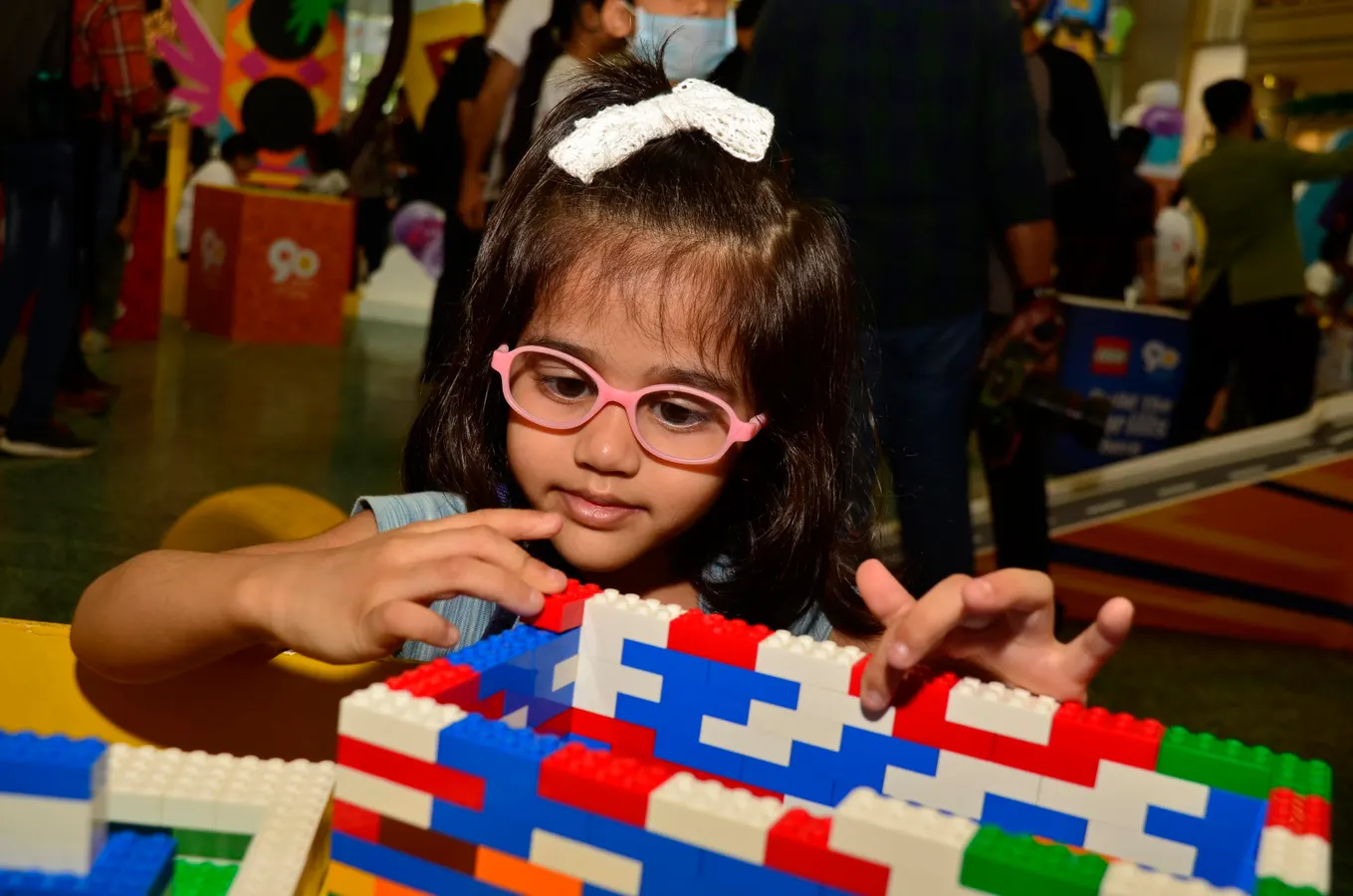By Contributor,Indranil Aditya,Jonathan Wai
Copyright forbes

Children celebrates LEGO 90 years of play by introducing LEGO playground in a shopping mall in Mumbai, India, 20 August, 2022. Lego is the largest International toy manufacturing company in the world. (Photo by Indranil Aditya/NurPhoto via Getty Images)
NurPhoto via Getty Images
The majority of parents with more than one child will likely tell you that their kids are pretty different, and that they saw these differences emerge relatively early. This individuality begins to develop through an interplay between individual characteristics, interests, and cognitive aptitudes. The three major specific cognitive aptitudes in the broader structure of human cognitive reasoning are math, verbal, and spatial—which correspond to the symbol systems that are commonly used in schools and most standardized tests, namely numbers and letters. However, spatial reasoning symbol systems—such as being able to manipulate two and three dimensional figures and shapes in ones minds eye—are less emphasized in school settings. Research has shown that the activities children are a part of are crucial for the development of their reasoning abilities.
However, research has now accumulated in this area to suggest that spatial reasoning matters for many long-term outcomes in STEM occupations and the visual arts, and that early development through spatial activities may be an important developmental pathway through which these types of skills can come to full fruition.
There are numerous researchers working in this domain, many of which are in developmental psychology, but also a broader array of scientists interested in understanding the role that early activities might matter for education or even later life outcomes. But the spatial activity tools that are still used today are in fact decades old. (The main older tools can be found here and here).
Therefore, a new spatial activities survey has just been developed—and published in Education Sciences—by a group of authors: Joni M. Lakin, Jonathan Wai, Stefanie A. Wind, Danielle Rothschild Doyle, Qingzhou Shi, and David H. Uttal at the University of Alabama, University of Arkansas, and Northwestern University.
As lead author Joni Lakin notes, “Developmental research relies heavily on surveys of kids’ extracurricular activities. The top survey used in spatial research was over 40 years old! We have updated the survey to reflect modern activities.”
MORE FOR YOU
So what might be considered a “spatial activity”? For toys and games, this might include drawing, painting, or sketching, block play (e.g., Legos, gears), paper crafts (e.g., origami), photography, pottery or sculpting, or knitting. For sports, this might include things with balls like soccer, basketball, etc. More details can be found in the study and corresponding appendices.
The research team is hopeful that now that this survey has been updated with more modern types of activities that research into this area of spatial reasoning, childhood activities, and cognitive development may eventually lead to insights into ways in which we can improve the educational and personal development of all children, especially those kids who may think in pictures, build with their hands, and rotate figures in their minds eye.
Editorial StandardsReprints & Permissions



